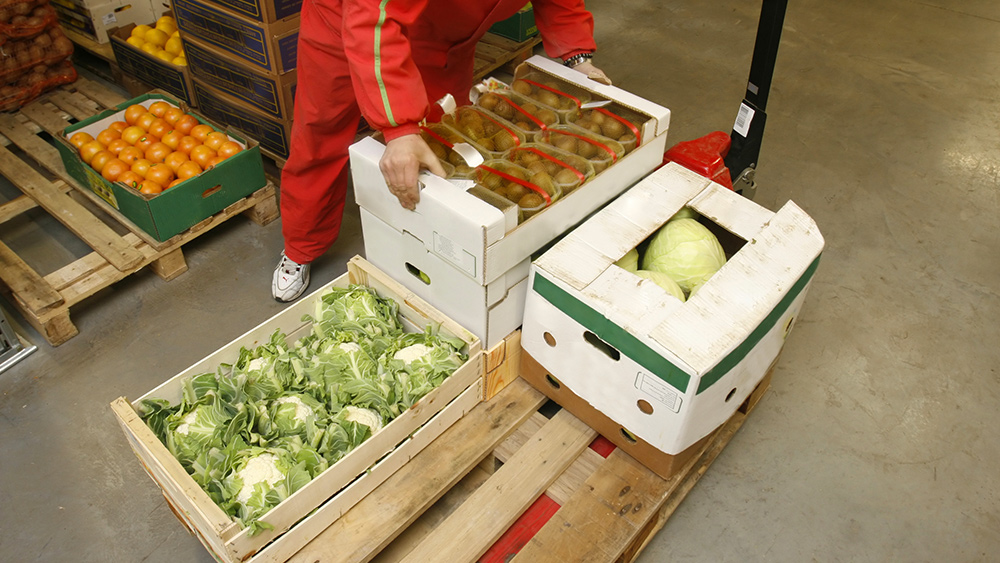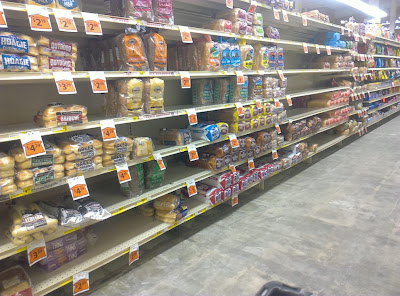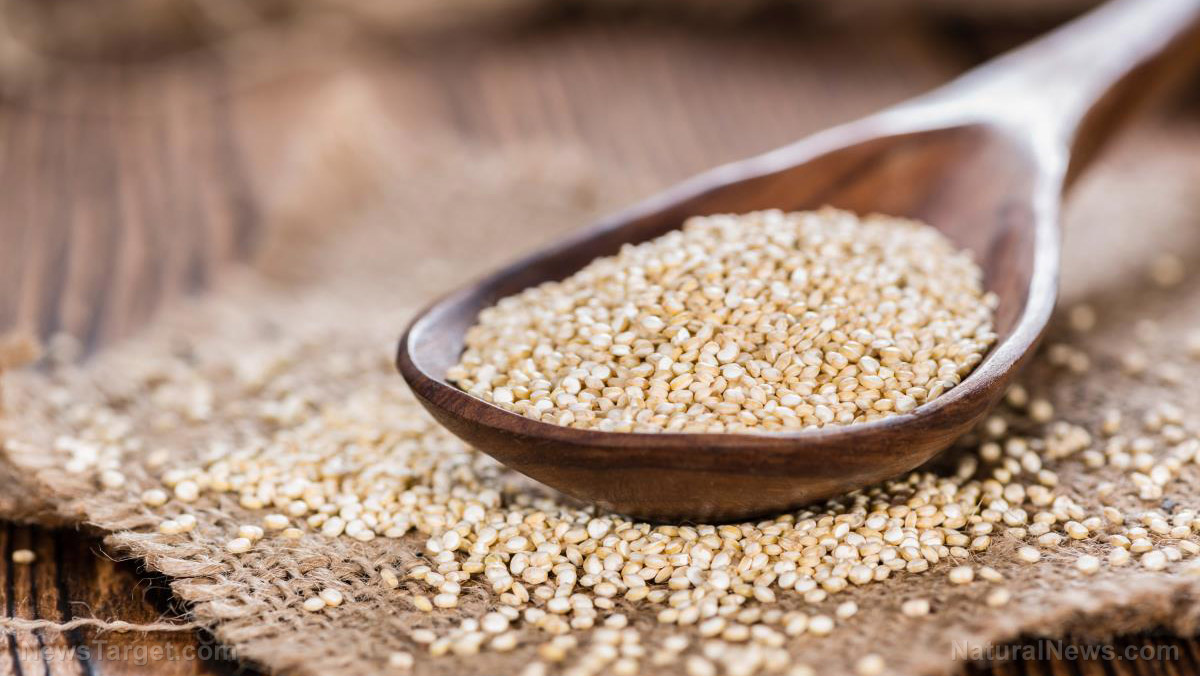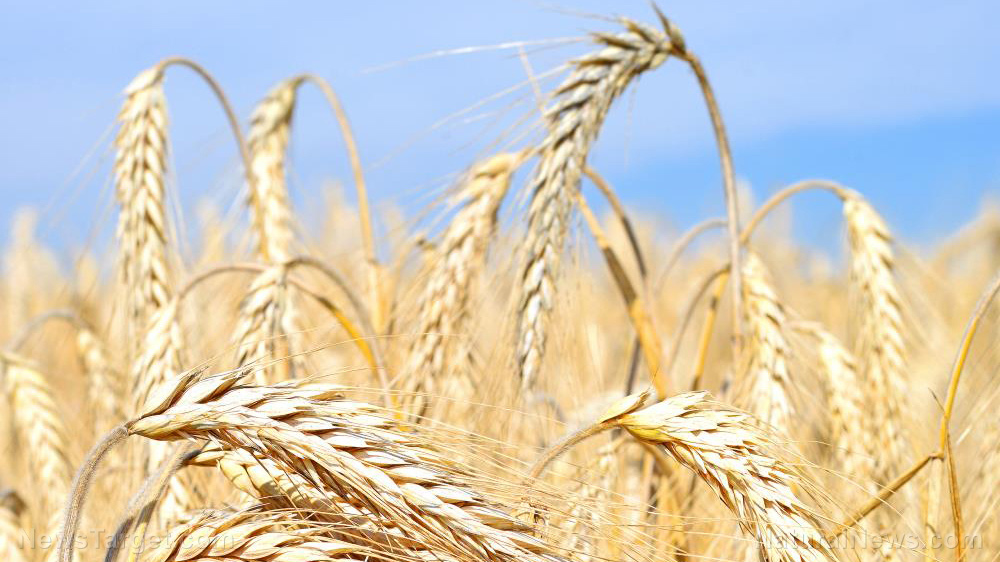China now facing its own food crisis… is a food collapse also coming soon to the USA?
04/09/2020 / By Ethan Huff

As the state-run media in communist China boasts about its alleged success in overcoming the Wuhan coronavirus (COVID-19), reports are beginning to emerge about another major problem that’s brewing there: mass food shortages.
Rumors are swirling, which the government denies, of course, that food supplies are dwindling. Because much of the country was shut down for a while – many Chinese businesses are still closed, by the way – the nation’s economy took a hit. Many people haven’t been able to go back to work, and there’s now a shortage of agricultural workers to get things up and running again on the food front.
Following a recent State Party Committee meeting in China’s Linxia Prefecture, a document dated March 28 was drafted that calls on state governments, counties and cities to do everything possible “to transfer and store all kinds of living materials such as grain, beef, mutton, oil and salt through various channels.”
Be sure to listen to The Health Ranger Report below as Mike Adams, the Health Ranger, talks about how mass starvation seems to be part of the plan, even in the United States, especially now that Walmart has banned the sale of garden seeds:
Communist Chinese government urges citizens to store up to six months of grain for “emergencies”
This same document, according to Radio Free Asia, also calls for the “mobilization of the masses to consciously store grain and ensure that each household reserves between 3 and 6 months of grain for emergencies.”
Once this went public, many Chinese citizens started to panic buy, creating even more food shortages. And once the communist Chinese government caught wind of what was going on, they chimed in about how there’s supposedly nothing to worry about concerning the food supply in China.
“Consumers have no need to worry about the shortage of food supplies and the sharp rise in prices,” stated Wang Bin, deputy director of the Department of Consumer Promotion of the Ministry of Commerce. “They don’t have to concentrate on buying bulk food at home.”
The entire state-run media apparatus in communist China has actually been mobilized to combat all reports that the country might be facing an impending food crisis. This, despite earlier comments by the Ministry of Commerce from back in February indicating that Chinese agriculture and the food system as a whole would be “heavily impacted” if the Wuhan coronavirus (COVID-19) continued to spread.
Just six weeks after this warning was issued, Wuhan and other parts of China started to experience a second wave of infections from the Wuhan coronavirus (COVID-19), suggesting that the Chinese food supply is, in fact, going to be impacted by all of this.
Keep in mind that food shortages are also emerging in North America, and particularly in Canada where agriculture still isn’t considered to be an “essential” service, or at least not every element of the agricultural system.
During the time that much of China was under mandatory lockdown, the economy there ground to a halt. Data collected from the Qufu Normal University back in February revealed that a whopping 60 percent of village officials in 1,636 Chinese counties are “pessimistic” or “very pessimistic” about the current planting season.
There are also reports of shortages in livestock feed and fertilizer, with one of the country’s main fertilizer producers, located in the Hubei province where the Wuhan coronavirus (COVID-19) outbreak emerged, still struggling to reopen. Fertilizer production is said to be down about 40 percent due to this and other disruptions.
“China’s agricultural industry has collapsed without the free flow of labour and raw materials,” stated Ma Wenfeng, an analyst at the Beijing consultancy CnAgri, to the Financial Times last month.
To keep up with the latest news about the Wuhan coronavirus (COVID-19), be sure to check out Pandemic.news.
Sources for this article include:
Tagged Under: China, Chinese Virus, coronavirus, covid-19, disease, food collapse, food shortages, food supply, global emergency, Global Pandemic, harvest, infection, novel coronavirus, outbreak, pandemic, SHTF, starvation, supply chain, virus, Wuhan, Wuhan coronavirus
RECENT NEWS & ARTICLES
EmergencyFood.News is a fact-based public education website published by Emergency Food News Features, LLC.
All content copyright © 2018 by Emergency Food News Features, LLC.
Contact Us with Tips or Corrections
All trademarks, registered trademarks and servicemarks mentioned on this site are the property of their respective owners.





















